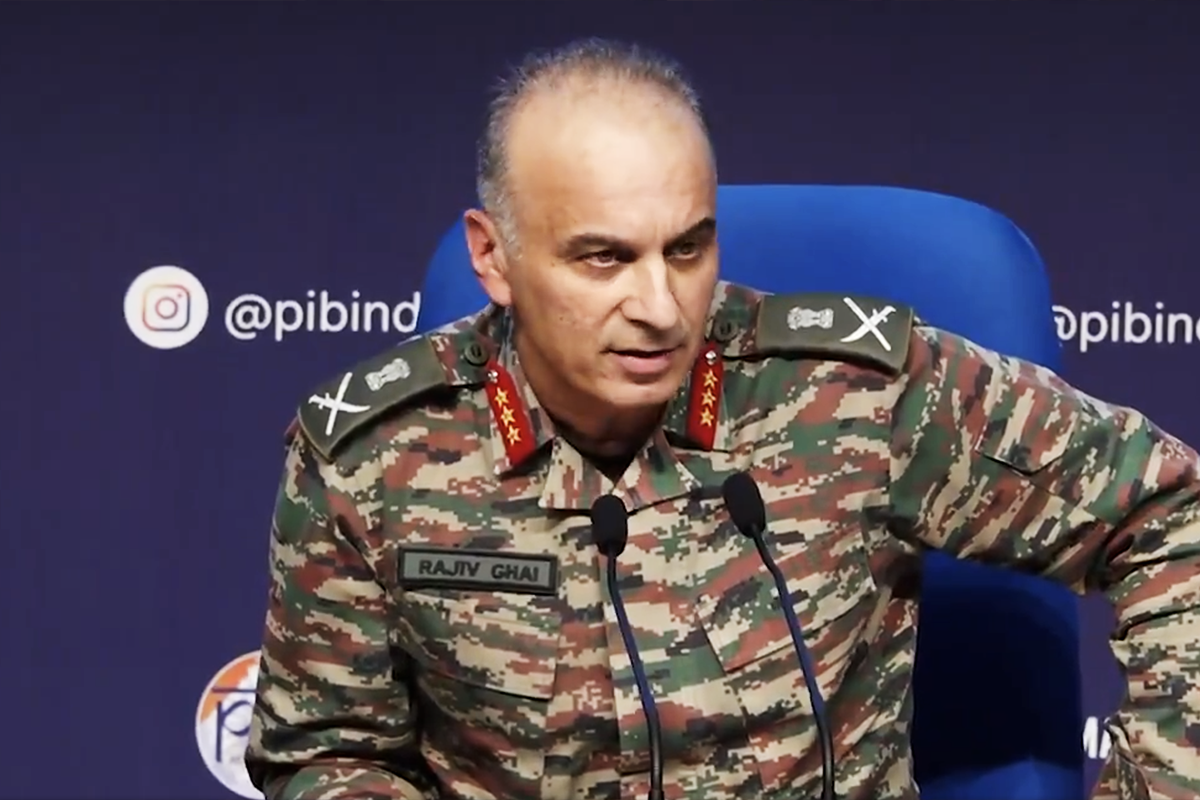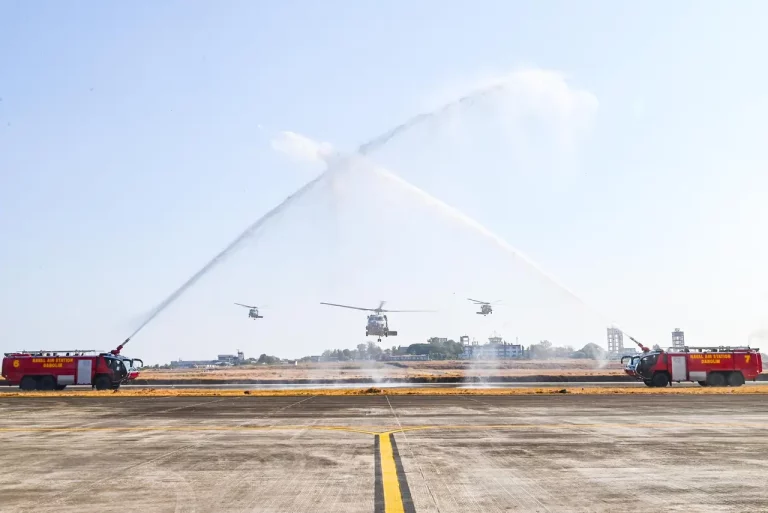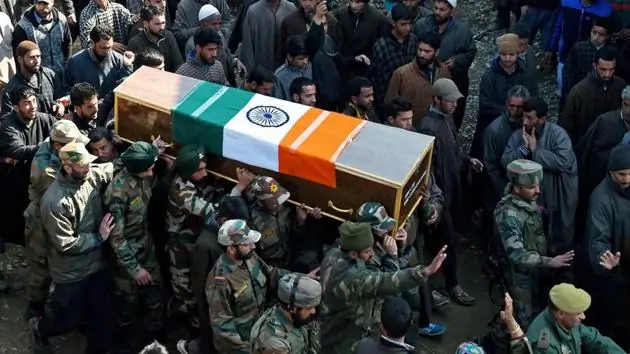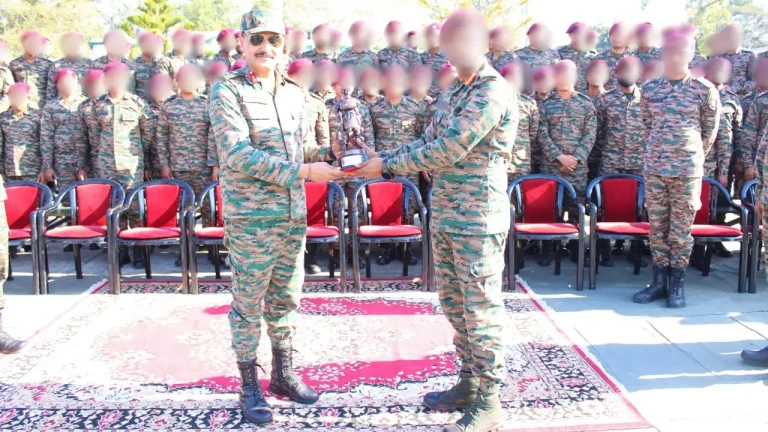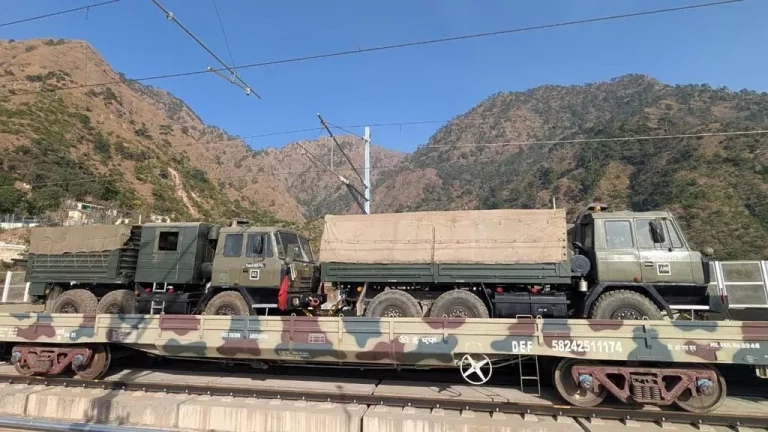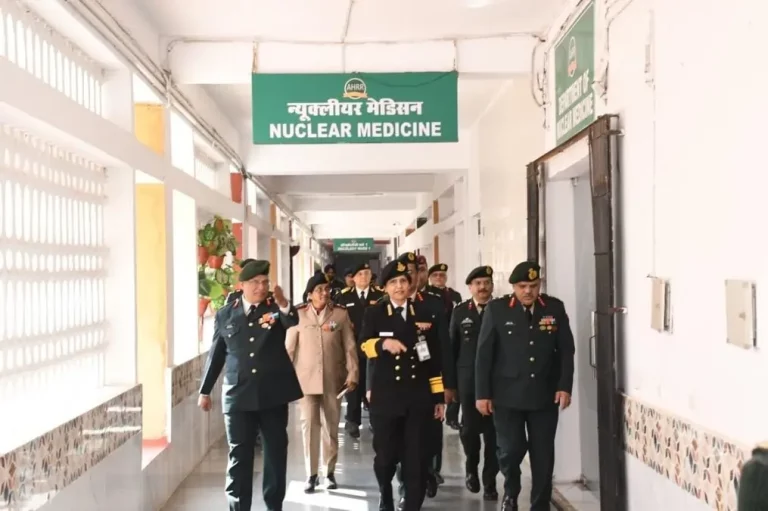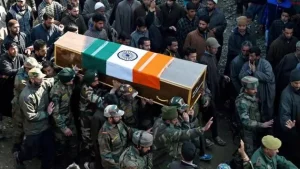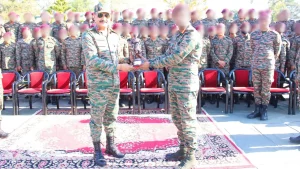In a landmark military operation, the Indian armed forces executed a series of precision strikes under Operation Sindoor, resulting in the elimination of over 100 terrorists believed to be operating from key facilities in Pakistan and Pakistan-occupied Kashmir (PoK). The operation was launched as a direct response to the barbaric Pahalgam attack on April 22, which claimed the lives of 26 civilians, including a naval officer and a Nepalese national in Jammu and Kashmir.
Addressing the press, Lieutenant General Rajeev Ghai, the Director General of Military Operations (DGMO), disclosed that the operation unfolded in the early hours of May 7, targeting nine significant terror hubs, including Muzaffarabad, Kotli, Bahawalpur, Rawalakot, Bhimber, Neelum Valley, Jhelum, and Chakwal. Spanning a swift 25 minutes from 1:05 AM to 1:30 AM, the operation employed over 24 missiles in a coordinated effort involving the Indian Army, Air Force, and Navy.
The aerial offensive was spearheaded by the Indian Air Force, utilizing advanced precision-guided munitions such as laser-designated missiles and satellite-guided glide bombs. The Navy provided crucial logistical and targeting assistance. Real-time drone surveillance revealed extensive destruction and significant casualties: reports indicated that at least 70 terrorists were killed instantly, with more than 60 others sustaining injuries.
Among those eliminated were notorious operatives like Yusuf Azhar, Abdul Malik Rauf, and Mudasir Ahmed, all of whom have connections to significant past incidents including the 1999 IC-814 hijacking and the 2019 Pulwama terror attack that resulted in the deaths of 40 Central Reserve Police Force personnel. Significantly, some terror camps had reportedly been vacated ahead of the strikes, reflecting the heightened vigilance and fear of reprisals within terror networks.
Lt. Gen. Ghai emphasized India’s “zero-tolerance” approach to terrorism, stating that the operation aimed to dismantle the frameworks that support terrorist activities while ensuring minimal civilian casualties. However, the operation was not without its toll, as five Indian soldiers lost their lives during the mission. Conversely, there were reports of collateral damage on the Pakistani side, notably around civilian areas and religious sites, which raised concerns about escalating tensions.
Complications increased with the detection of radiation near the Nur Khan Airbase in Rawalpindi, leading to the involvement of a U.S. technical team to evaluate possible damages to nuclear weapon storage facilities. This occurrence added layers to an already tense situation between the two nations.
The Pahalgam attack that sparked Operation Sindoor saw five heavily armed terrorists target tourists in the Baisaran Valley, marking a troubling escalation in violence against civilians. The incident instigated widespread outrage across India, prompting an all-party meeting called by the government on April 24. Subsequent intelligence assessments established the involvement of terrorists based in Pakistan.
Reacting to the attack, Defence Minister Rajnath Singh condemned it as an “act of cowardice,” while Jammu and Kashmir Chief Minister Omar Abdullah described the event as “unprecedented in brutality against civilians.” The aftermath of the strikes has seen increased skirmishes along the Line of Control, with reports of sporadic shelling, protests, and evacuations in various tourist hotspots in Kashmir.
Political reactions to Operation Sindoor have been mixed, with some applauding the government’s decisive action against terrorism, while opposition leaders have raised questions about the long-term strategy for Kashmir and regional stability. International responses have generally called for restraint, though many countries have acknowledged India’s right to self-defense in combating terrorism.
Operation Sindoor signifies a pivotal moment in India’s counter-terrorism strategy, reestablishing the country’s resolve to act decisively and autonomously when national security and civilian lives are at stake.
